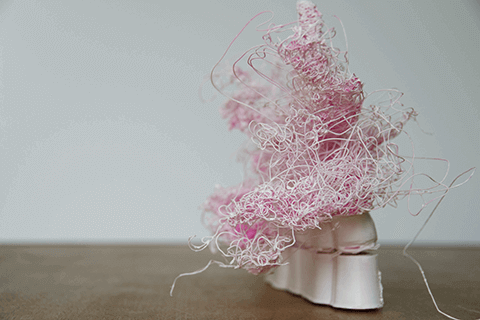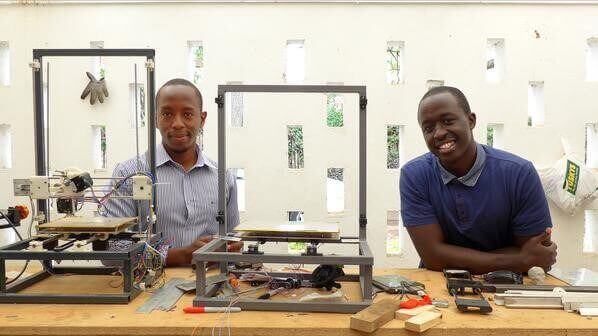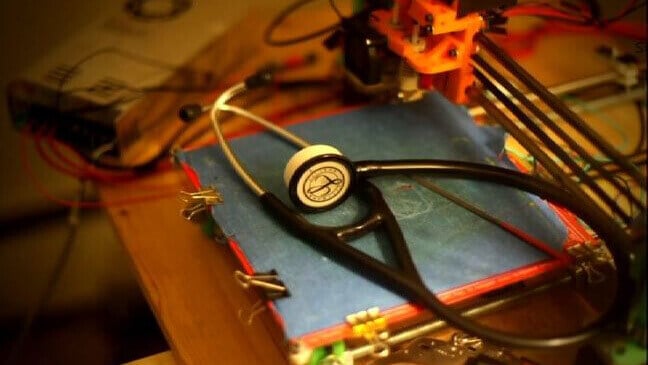3D printing promises… but can it deliver, asks Karim Hamdi. The Munich based entrepreneur is an expert in 3D printing: You probably heard of him as founder of Fabbeo and CEO of Artshapes. Currently he works as a freelance 3D printing consultant. Here‘s his guest post at All3DP.
Ever since the boom of desktop 3D printing and the ensuing hype, we regularly hear stories on how 3D printing is leading us into a bright new future. Audiences seem to love it and it’s baffling how the bulk of the media perpetuates stories with little to no critical review. Let me clarify something first. I do firmly believe that 3D printing has the potential to change society for the better, but I also firmly believe that we’ll have a lot of people bullshitting us along the way.
Here are a couple of examples to illustrate what distinguishes a helpful approach from a naïve or bogus one. This is just a sample and I’m sure you could field dozens of other examples.
Pembient: Saving Wildlife?

Rhinos were once abundant throughout Africa and Asia with an approximated worldwide population of 500 000 in the early twentieth century. Unfortunately, in South Africa alone a staggering 1,215 rhinos were killed by poachers in 2014. That’s one every eight hours.
With black market prices as high as $100,000 per kilo, Pembient found the solution: Mixing their own horn powder, mainly keratin and rhino DNA, and 3D printing it into a rhino horn, thereby undercutting the price of real rhino horn by 90% (still $10,000/kg).
Never mind that 90% of the powder sold in Asia’s black markets is fake already. Or that 65% of users reject Pembient’s synthetic alternative according to their own survey. The conservation groups warning that synthetic rhino horn might lead to more demand probably worry about nothing too.
The only thing believable is that flooding a 750 M$ market with supply should be profitable.
Saving the environment?

Is 3D printing inherently eco-friendly? Go to your local hackerspace/fablab, ask for the trashcan/box with the misprint, and see for yourself. Industrial 3D printers are by no means better with around 50% of waste powder with every SLS print or heavy metal contamination by SLA resins.
Unfortunately, it doesn’t end there. In a study by Loughborough University, industrial 3D printing consumed 50 to 100 times the electricity of injection molding.
I’m not saying that 3D printing has no potential to be eco-friendly, just that the jury is still out. If 3D printing is supposed to have any positive impact on the environment, it won’t be that we use it, but how we use it.
Techfortrade: Saving the third World!
Medical applications: Saving the sick!
This is what 3D printing can do for humanity. There are too many good projects to feature just one, so here are a couple.
e-NABLE and Openbionics are just two of the many producers of low cost prosthetics.
The Glia project recently released a $10 stethoscope and plan to release more high quality open medical hardware.
So how do we distinguish the good ones from the bad ones?
Actually, it’s not that difficult to spot the difference.
- Be suspicious of buzzwords like “developing countries”, ”3rd world”, ”children”, “environment”, etc. Companies these days feel the pressure to present themselves as socially responsible. That’s a good thing, but we shouldn’t take everything on faith value alone.
- Look at the numbers. 3D printing a piece of med tech for $10 instead of €200 or even for $50 instead of $40,000? This could actually help! 90% of Rhino horn being trade is fake already? How is pouring more “fake” into the market going to help?
- So if the numbers don’t add up, the claimant better have a good explanation on why the story still holds. If they haven’t it’s probably naïve nonsense or a plain PR stunt. Skimming through the comments usually helps too. Maybe someone already called “bullshit”, and posted a few sources to back it up.
License: The text of "Saving the World with 3D Printing" by All3DP is licensed under a Creative Commons Attribution 4.0 International License.

